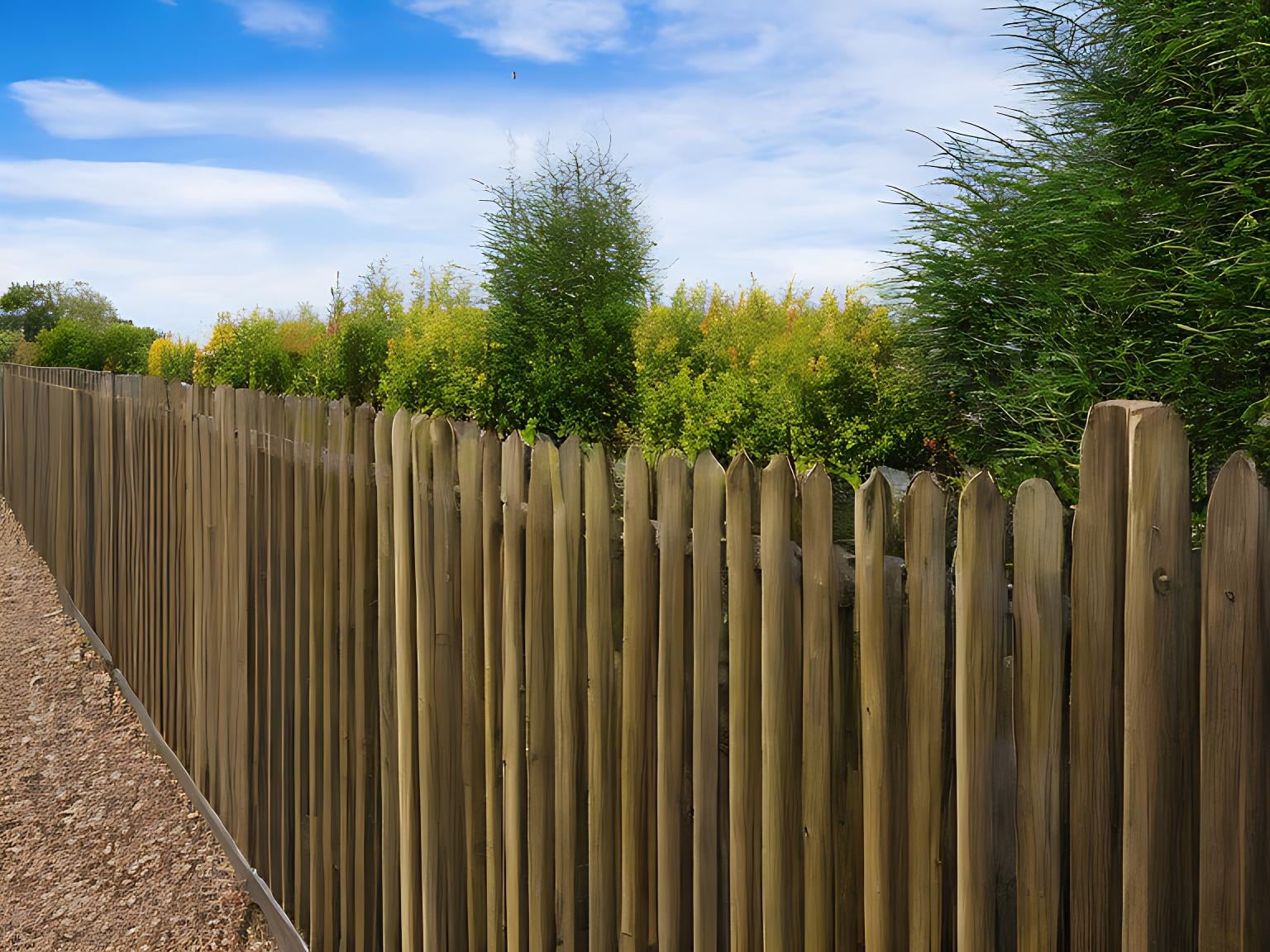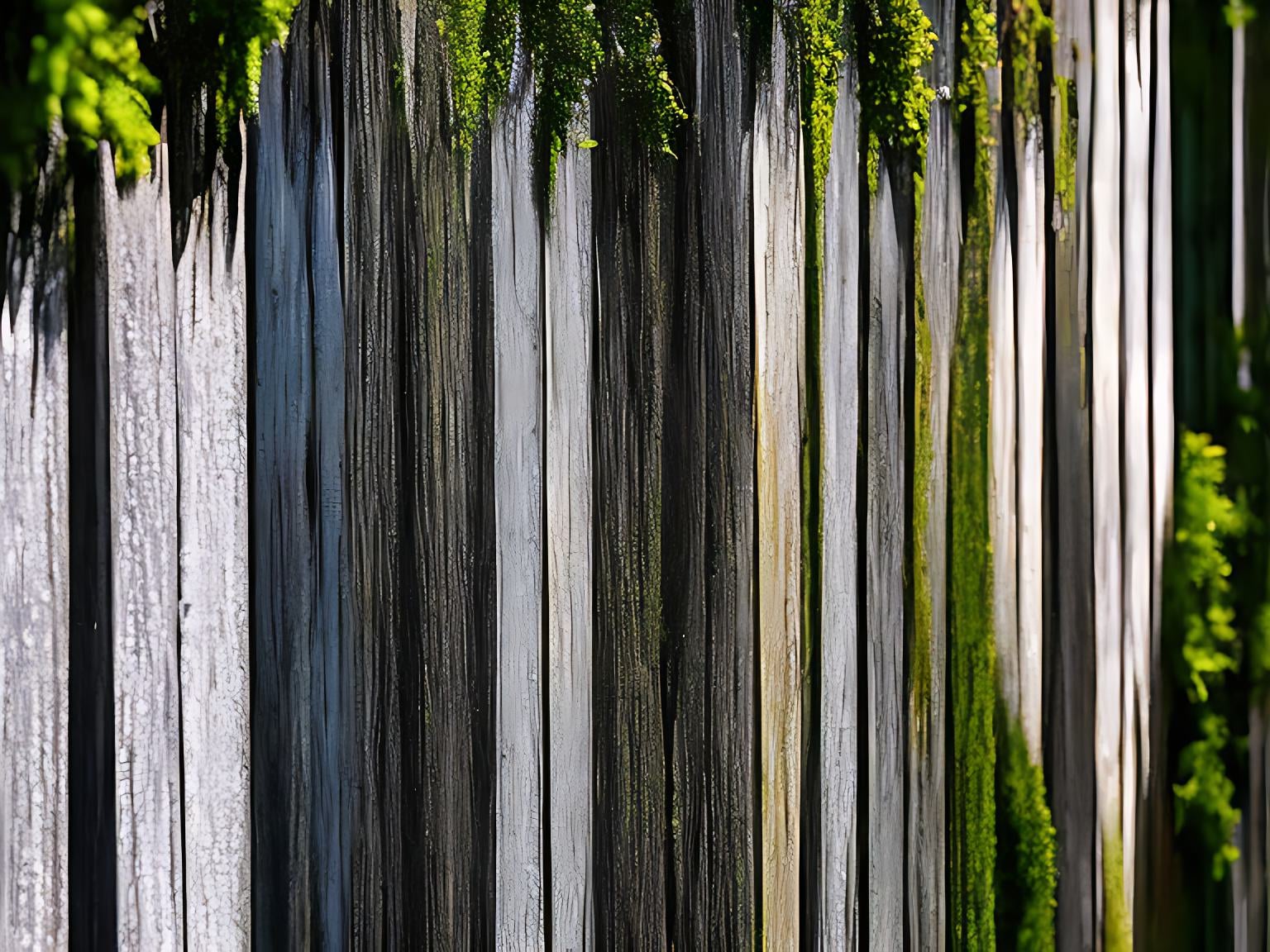Last Updated on
Keeping your fence looking fresh and in tip-top shape can be a daunting task. But one of the most important questions you should ask yourself is: “How often should I paint my fence?” Whether it’s to improve its aesthetic appeal or to extend its life, painting your fence on a regular basis can make all the difference. Knowing when and how often to paint your fence is key – but don’t worry. We’ve got everything covered so that you’ll never have to deal with unsightly or rotten fencing ever again. From knowing what type of paint you need for the job, right down through preparing your fences for painting – we will tell you exactly what needs doing (and why) in order for those panels to remain as good as new.
Table of Contents:
- How Often Should I Paint My Fence?
- What Type of Paint Should I Use?
- Preparing Your Fence for Painting
- Conclusion
How Often Should I Paint My Fence?
Fences are a great way to add privacy and security to your home, but they require regular maintenance. Painting is one of the most important steps in keeping your fence looking its best. But how often should you paint it?
The answer depends on several factors, including the type of paint used, the weather conditions in your area, and the amount of wear and tear it receives.
If you use high-quality outdoor paint that’s designed for fences or decks, then you may only need to repaint every three years or so. However, if you live in an area with extreme temperatures or harsh weather conditions like heavy rain or snowfall, then you may need to repaint more frequently. In these cases, painting once a year can help protect your fence from damage caused by moisture and temperature fluctuations.
It’s also important to consider how much wear and tear your fence gets each year. If it’s exposed to direct sunlight all day long or regularly subjected to strong winds that can cause chipping and fading over time, then you may want to repaint more often than usual—every two years instead of three—to keep up with any damage that occurs as a result of exposure.

Finally, take into account any additional features on your fence such as gates or decorative elements like lattice work; these areas may necessitate more frequent touch-ups due to their increased vulnerability against external factors like wind and sun rays when compared with flat surfaces such as planks boards etcetera.
Generally speaking, three years would be considered standard between coats unless otherwise specified by manufacturer instructions or recommendations given the specific circumstances outlined above.
It is important to paint your fence regularly to ensure it looks its best and stays in good condition. Knowing how often you should paint will help keep your fence looking great for years to come. Now let’s look at what type of paint is best for the job.
What Type of Paint Should I Use?
When it comes to painting your fence, there are a few different options available. Oil-based paints provide excellent coverage and durability, but they can be difficult to clean up and require more maintenance than other types of paint. Water-based paints offer less protection against the elements but are easier to apply and cleanup. Stains offer an even lower level of protection but allow you to add colour without completely covering the wood grain or texture of the fence.
Oil-based paints are generally considered the best option for fences because they provide superior coverage and protection from weathering over time. They’re also resistant to fading, cracking, peeling, and chipping so they last longer than other types of paint. The downside is that oil-based paints take longer to dry and require more preparation before the application due to their strong odour when wet. Additionally, these types of paint must be cleaned up with mineral spirits or turpentine which can be messy and hazardous if not handled properly.
Water-based paints, while not offering the same level of protection as oil-based ones, still have some advantages such as faster drying times (typically within two hours) and easy cleanup with soap and water instead of hazardous chemicals like mineral spirits or turpentine. However, they tend to be less durable outdoors due to their inability to effectively protect against UV rays from sunlight which can cause them to fade quickly in direct sun exposure areas on your fence.
Stains are another popular choice for fences, as they allow you to maintain a natural look while adding a bit of colour at the same time. These stains come in both semi-transparent formulas that let some wood grain show through and solid colours that completely cover any existing woodgrain pattern on your fence boards. Although stains won’t protect against weathering nearly as well as either type of paint mentioned above, they will help keep moisture out better than leaving bare wood exposed outside all year round.
Using the right type of paint is essential for a long-lasting and beautiful finish on your fence. Now that you know what type to use, it’s time to prepare your fence for painting.
Preparing Your Fence for Painting

Before you can start painting your fence, there are a few steps you need to take. First, give it a good clean with either a pressure washer or scrubbing brush and soapy water. This will remove any dirt and debris that could interfere with the paint adhesion. You should also check for any signs of rot or damage, such as loose boards or broken posts. If necessary, make repairs before proceeding with the painting process.
Once your fence is prepped and ready to go, use sandpaper to smooth out any rough spots on the wood surface that may have been caused by weathering or wear and tear over time. Make sure all surfaces are completely dry before applying primer – this will help ensure an even finish when you eventually apply the paint itself.
Now it’s time to prime. Primer helps protect against moisture damage while providing an extra layer of protection from UV rays which can cause fading over time if left unprotected. Use a brush specifically designed for outdoor projects (or a roller) and be sure to cover every inch of exposed wood in order to get maximum coverage and longevity out of your project.
Finally, once everything is primed up nicely it’s time for the fun part: painting. Choose an exterior grade paint designed specifically for outdoor projects like fences; these paints come in various colours so pick one that matches your style best. When applying the paint use long strokes going in one direction only – this ensures even coverage without leaving behind streaks or blotches on your finished product. Allow each coat plenty of drying time between applications until desired results are achieved – usually, two coats should do it but three might be necessary depending on how much sun exposure your fence gets during its lifetime.
Conclusion
In conclusion, painting your fence is an important part of maintaining its structural integrity and keeping it looking good. Knowing how often to paint your fence and what type of paint to use can help you get the best results. Preparing your fence for painting is also essential in order to ensure that the job is done properly. With a little bit of effort, you can keep your fence looking great for years to come – so don’t forget to ask yourself, “how often should I paint my fence?” every now and then.
Paul is the type of person who never met a problem he couldn’t fix. He can always be found tinkering with something in his house, even if it isn’t broken! His tips and tricks are often shared on our site. He’s the one you call when something breaks because he has been known to improvise fixes for everything from leaky faucets to malfunctioning dryers.



